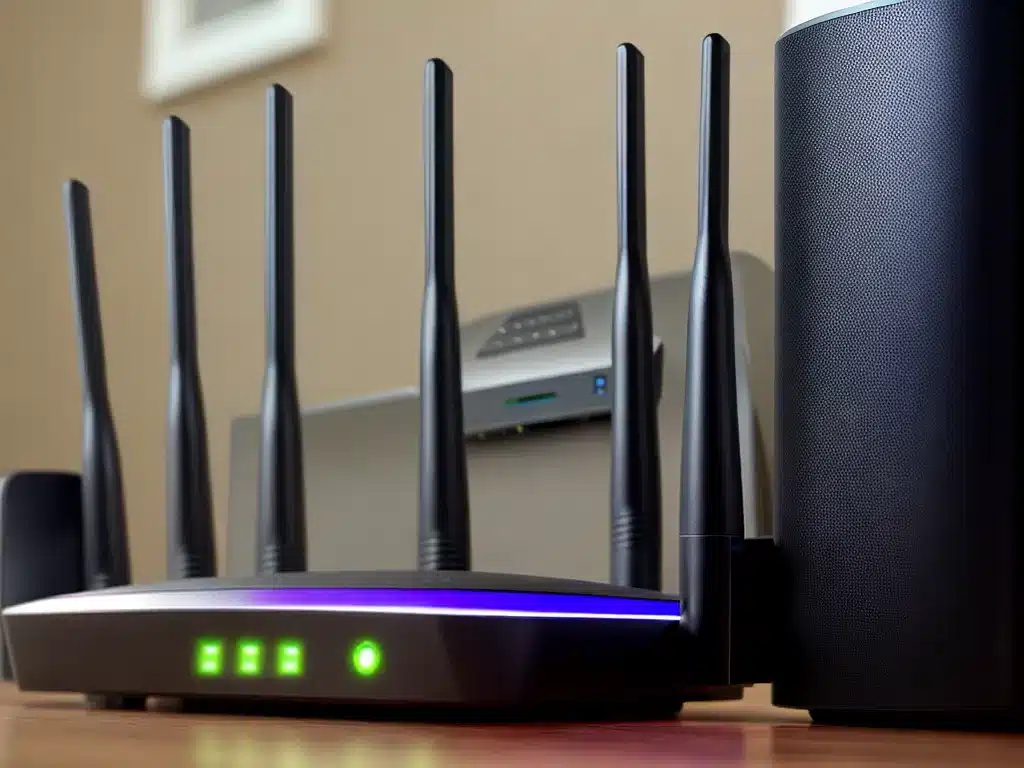
How To Secure Your Wireless Router From Attackers
Securing your wireless router is crucial for protecting your network and devices from malicious attacks. Here are comprehensive steps you can take to secure your router:
Use a Strong Password
The first step is using a strong password for your wireless network. A weak password is easy for attackers to crack. When creating your password:
- Make it at least 12 characters long. The longer the password, the tougher it is to crack.
- Use a mix of uppercase and lowercase letters, numbers, and symbols. This creates more possible combinations.
- Avoid dictionary words and personal information. These are easy to guess.
- Don’t use defaults like “password” or your router model. These are widely known.
Once you create a strong password, be sure to change it every 3-6 months for best security.
Change the Default SSID
The SSID is the name of your wireless network. Leaving it as the default makes it easier for attackers to identify your router model and access known vulnerabilities.
To change it:
- Log into your router admin interface.
- Locate the SSID field and delete the current name.
- Enter a new name not associated with your address or identity.
Using a unique SSID makes your network less visible to prying eyes.
Update the Router Firmware
Router firmware is the operating system that runs your router. Manufacturers periodically release firmware updates to fix security flaws. To make sure you have the latest security patches:
- Log into your router admin interface.
- Check if any firmware updates are available and install them.
- Enable automatic updates if available. This ensures you get future fixes.
Updating patches and closing holes in your firmware reduces the router’s attack surface.
Disable Remote Administration
Many routers permit remote administration so you can access admin settings over the internet. This is convenient but also raises your attack risk.
To disable:
- Log into your router admin interface.
- Locate the remote administration section.
- Uncheck any boxes to enable remote admin access.
With remote access disabled, attackers on the internet have one less route to infiltrate your network.
Use WPA2 Encryption
WPA2 encryption scrambles your wireless traffic so that data is unreadable between your devices and router.
To set it up:
- Log into your router admin settings.
- Go to the wireless security section.
- Make sure the encryption type is set to WPA2.
The robust encryption WPA2 provides thwarts attackers trying to eavesdrop on your activity.
Use a Firewall
Firewalls add another layer of protection by controlling network traffic. To secure your router:
- Log into your router admin settings.
- Enable the built-in firewall if available.
- Restrict access to administration pages.
- Block unwanted traffic from suspicious IP addresses.
Locking down your router’s firewall reduces the risk of malware and unauthorized access.
Change the Router IP Address
The default IP address on most routers can easily be discovered. Changing it makes your router harder to find.
To change it:
- Log into your router admin settings.
- Go to the LAN or DHCP section.
- Change the IP address to something obscure.
Using an unpredictable IP address adds more anonymity.
By taking these key steps to secure your wireless router, you can greatly reduce the threats posed by attackers and keep your network safe. Be sure to revisit these settings periodically to keep protections strong.












